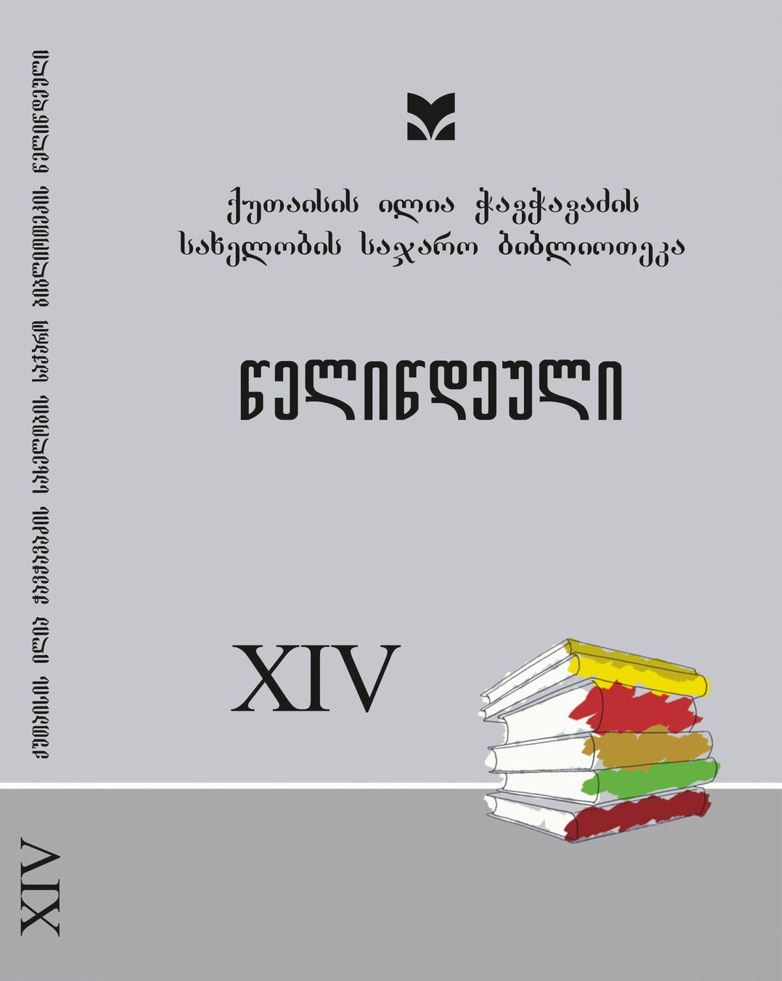Morphological structure of Abkhazian and Georgian place names of Samurzakhano
DOI:
https://doi.org/10.61491/yk.14.2022.7003Keywords:
Abkhazian toponyms of Samurzakhano, Georgian toponyms of Samurzakhano, Hybrid/bilingual toponyms in Samurzakhano, Morphological structure of toponymsAbstract
The article undertakes an analysis of the morphological structure of Georgian and Abkhazian toponyms in the region of Samurzakhano. The relevance of this topic is evident in the significant changes observed in the toponymic landscape following the events of 1993. At that time, all Kartvelian-origin toponyms were prohibited, and artificially created Abkhazian names introduced by separatists became prevalent. These newly introduced place names either had no historical basis or represented unofficial variations of Kartvelian topo-nyms adapted to the Abkhazian language. Our objective is to conduct a comprehensive morphological analysis of the Georgian and Abkhazian toponyms in the Samurzakhano region before the occupation. The study is based on the toponyms documented by Paata Tskhadaia and Villena Jojua.
The analysis revealed that the majority of micro toponyms in the research area exhibit a distinctly Georgian morphological structure. These toponyms employ Georgian or Megrelian roots, bases, and affixes as productive elements. The second category comprises exclusively Abkhazian toponyms, which display a varied morphological landscape. This includes both simple-based Abkhazian toponyms and complex-based composite Abkhazian toponyms that preserve morphological and syntactic features specific to the border regions of Ab-khazia. The third group comprises what can be termed hybrid or bilingual toponyms. These geographical names employ elements from one language as roots and bases while incorporating morphological features from the second language as affixes. Alternatively, the composite toponym may have one constituent word in Georgian and the other in Abkhazian.
It is noteworthy that within the neighboring Tsalenjikha municipality, which shares an eastern border with Samurzaqano, the majority of Megrelian toponyms in Samurzakhano are confirmed to be of Kartvelian origin. Their structure, including the root, base, and affix, are all derived from Kartvelian elements, specifi-cally Megrelian, rather than Abkhazian. Examples include Tkhumloni, Zakalon, Ubado Mikol, Ucha Toba (meaning “violet lake”), Oskhapue Sumgal, and others. The analyzed material clearly illustrates the diversity of morphological and semantic groups within the territory of Samurzaqano. Notably, Megrelian toponyms and productive affixes exhibit a dominant presence, and even within the Abkhazian bases themselves, Megrelian productive affixes are frequently observed.




